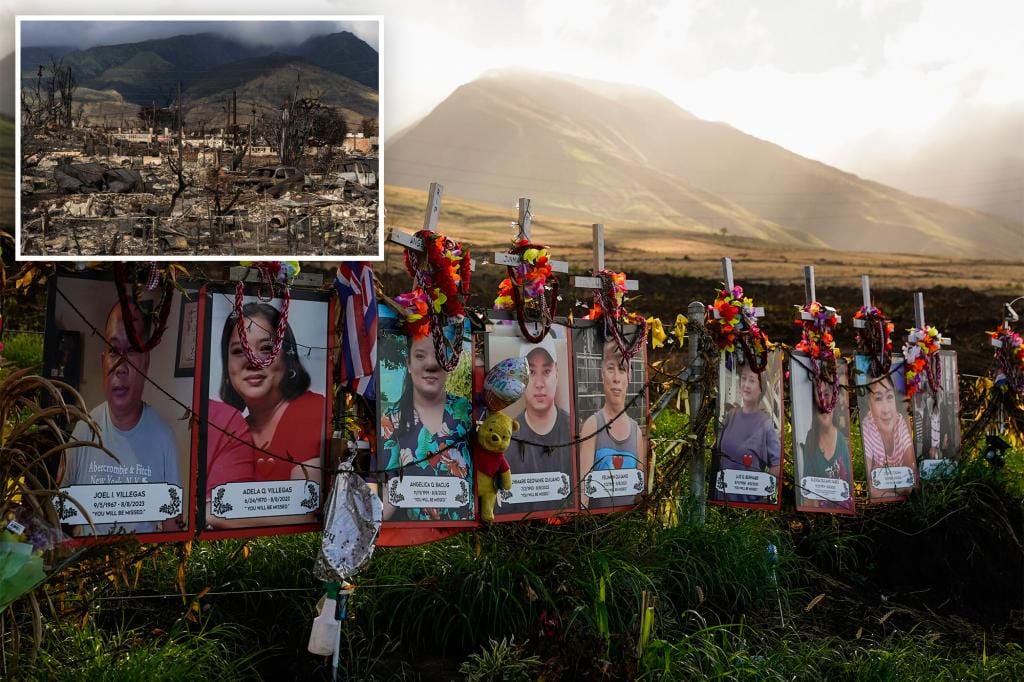Hawaii authorities said Friday they have identified the last of 100 known victims of the wildfire that destroyed Lahaina in August.
That victim was Lydia Coloma, 70, Maui police said.
Identifying those who perished in the deadliest U.S. wildfire in more than a century has been a long and arduous process.
Forensic experts and cadaver dogs have had to sift through the ashes for bodies that may have been cremated, and authorities have been collecting DNA samples from victims’ relatives.
DNA testing allowed officials in September to revise the death toll downward, from 115 to at least 97.
The number of victims increased slightly over the following month as some victims succumbed to their injuries or as police found additional remains.
The number of people still missing has also dropped — to just a few from a previous high of nearly 400, according to the Maui Police Department.
The victims ranged in age from 7 to 97, but more than two-thirds were 60 or older, according to Maui police’s list of known victims. Several were residents of a low-income senior apartment complex.
Authorities reopened the burn zone to residents and homeowners who lost their homes and urged returning residents not to sift through the ashes for fear of stirring up toxic dust.
Authorities began removing debris from residential lots this month.
Hawaii authorities said Friday that they have identified the last of 100 known victims of the wildfire that destroyed Lahaina in August, with the latest victim being Lydia Coloma, 70, Maui police said. AP
The waste is wrapped in thick industrial plastic before the Army Corps of Engineers takes it to a temporary waste storage site south of Lahaina.
The disaster devastated Maui and Hawaii in general.
Trapped in an inferno, some residents died in their cars, while others jumped into the ocean or tried to flee to safety.
The cause of the fire is still under investigation. It may have been caused by downed power lines igniting dry, invasive grasses.
An AP investigation found the answer may lie in a brush-covered ravine beneath Hawaiian Electric Co. power lines and something that housed burning embers from an initial fire that burned in the morning and then reignited in strong winds that afternoon. .
 Forensic experts and cadaver dogs have had to sift through ashes for bodies that may have been cremated, and authorities have been collecting DNA samples from victims’ relatives. AP
Forensic experts and cadaver dogs have had to sift through ashes for bodies that may have been cremated, and authorities have been collecting DNA samples from victims’ relatives. AP
The fire destroyed more than 2,000 buildings, most of them homes, and caused an estimated $5.5 billion in damage.
Nearly six months after the fire, about 5,000 displaced residents were still living in hotels or other short-term lodging around Maui.
Economists have warned that without zoning and other changes, housing costs in already expensive Lahaina could be prohibitively expensive for many after rebuilding.
Categories: Trending
Source: vtt.edu.vn
